(NLDO) - Exoplanet Gliese 12b has an atmosphere similar to Earth and orbits a cool red dwarf star.
According to Sci-News, a research team led by Dr. Masayuki Kuzuhara from the Astrobiology Center (Tokyo - Japan) identified Gliese 12b in the huge dataset collected by NASA's Transiting Exoplanet Survey Satellite (TESS).
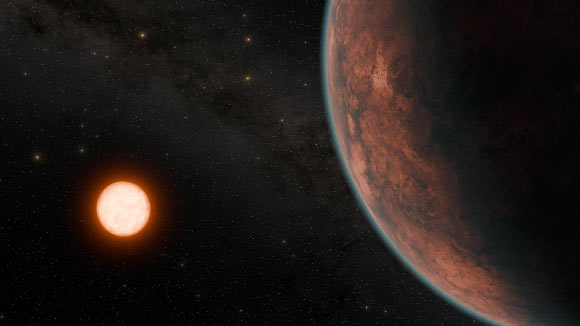
Gliese 12b and its red parent star - Graphic image: NASA
Gliese 12b has an orbital period of 12.76 days around its parent star and an equilibrium temperature of about 42 degrees Celsius, which is much warmer than Earth (the average surface temperature of Earth is 15 degrees Celsius).
However, 42 degrees Celsius is still enough for Gliese 12b to have liquid water on its surface and has many temperate zones suitable for life, even "fragile" Earth-type life forms.
It receives 1.6 times more energy from its parent star than Earth receives from the Sun, and about 85% of what Venus experiences.
However, Gliese 12b has a significant atmosphere, which may affect surface temperatures. The temperatures calculated above do not take this atmosphere into account.
Calculations also suggest the planet is about the size of Earth or slightly smaller, about the size of Venus, another factor in favor of the planet's habitability.
In addition, scientists also considered the ferocity of the parent star Gliese 12.
As a red dwarf, Gliese 12 could have extreme "behavior" to strip the planet of its atmosphere, leaving it dehydrated and dead like Venus, even if it regenerates its atmosphere.
However, models show that this red dwarf star is not inclined to do so.
More specific observations will be needed to confirm whether any living creatures are living on this interesting planet.
But we have one huge advantage: The parent star Gliese 12, also known as TOI-6251 or GJ 12, is located just 40 light-years from the Sun, in the constellation Pisces.
This makes it one of the closest star systems to the Solar System and of course it is much more convenient to observe the planets around it with available instruments.
The discovery of this potentially habitable planet has just been published in the scientific journal Astrophysical Journal Letters.
Source: https://nld.com.vn/phat-hien-hanh-tinh-on-doi-bang-trai-dat-co-the-song-duoc-196240525081314618.htm



![[Photo] Prime Minister Pham Minh Chinh meets to prepare for negotiations with the United States](https://vstatic.vietnam.vn/vietnam/resource/IMAGE/2025/4/29/76e3106b9a114f37a2905bc41df55f48)
![[Photo] People choose places to watch the parade from noon on April 29](https://vstatic.vietnam.vn/vietnam/resource/IMAGE/2025/4/29/3f7525d7a7154d839ff9154db2ecbb1b)

![[Photo] Nghe An: Bustling atmosphere celebrating the 50th anniversary of Southern Liberation and National Reunification Day](https://vstatic.vietnam.vn/vietnam/resource/IMAGE/2025/4/29/64f2981da7bb4b0eb1940aa64034e6a7)
![[Photo] Hanoi is brightly decorated to celebrate the 50th anniversary of National Reunification Day](https://vstatic.vietnam.vn/vietnam/resource/IMAGE/2025/4/29/ad75eff9e4e14ac2af4e6636843a6b53)
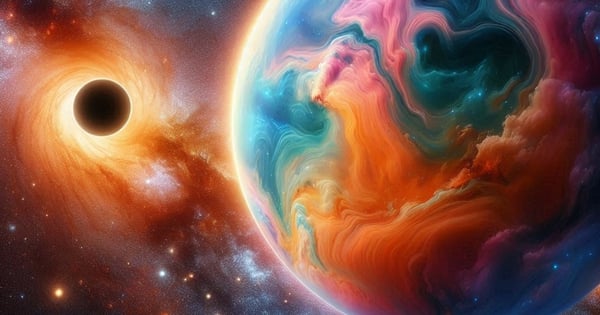
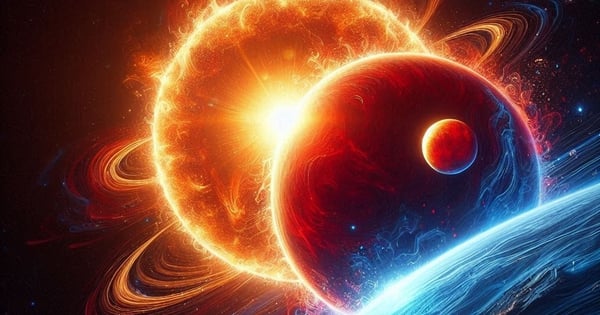
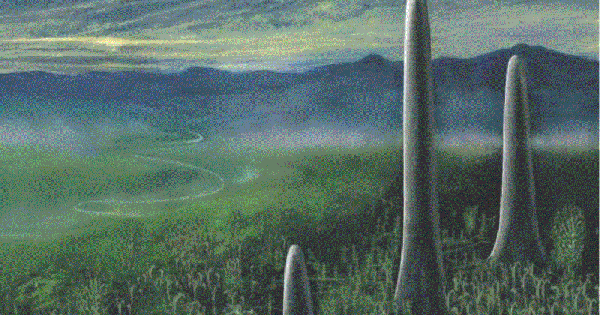
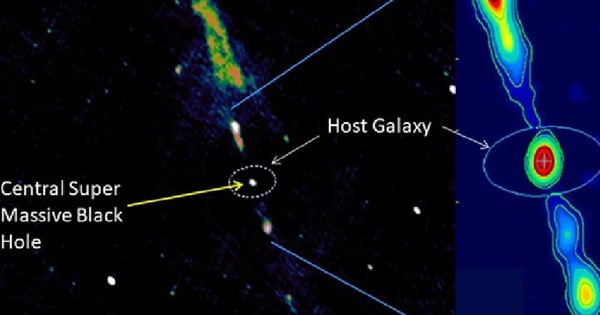
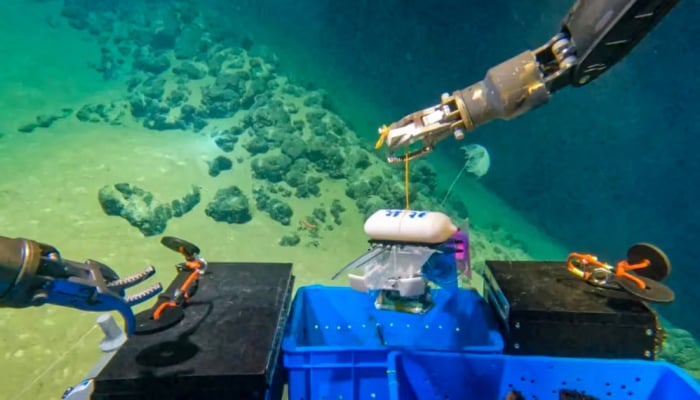

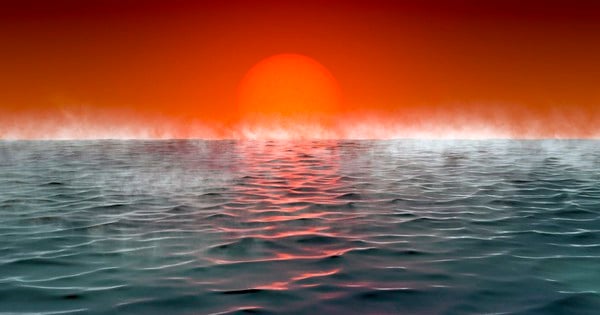
















![[Photo] Hanoi's gateway is crowded with people leaving the capital to return to their hometowns for the holidays](https://vstatic.vietnam.vn/vietnam/resource/IMAGE/2025/4/29/2dd3f569577d4491acc391239221adf9)














































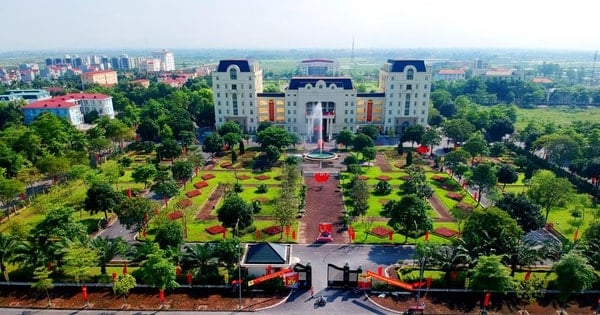














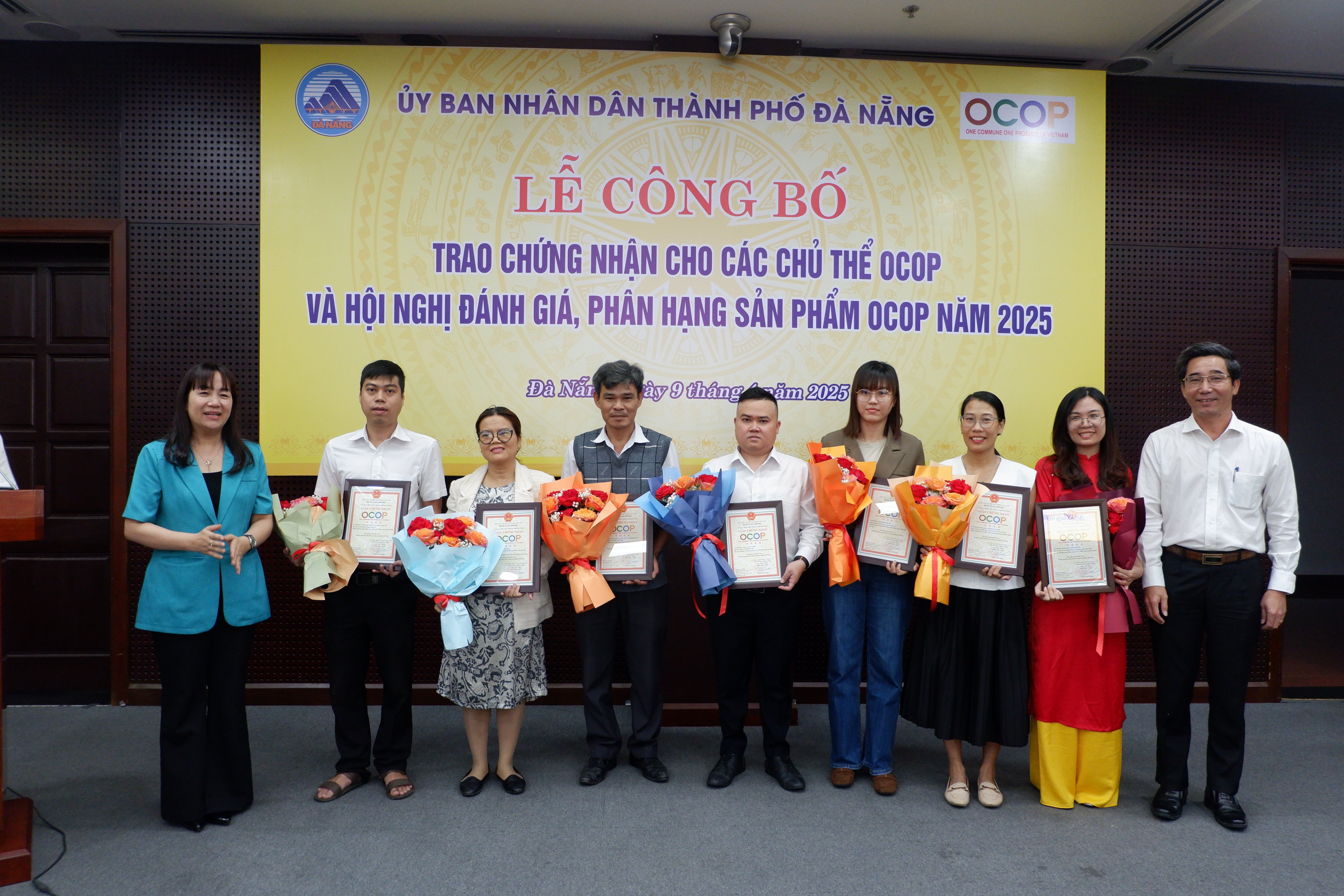

Comment (0)